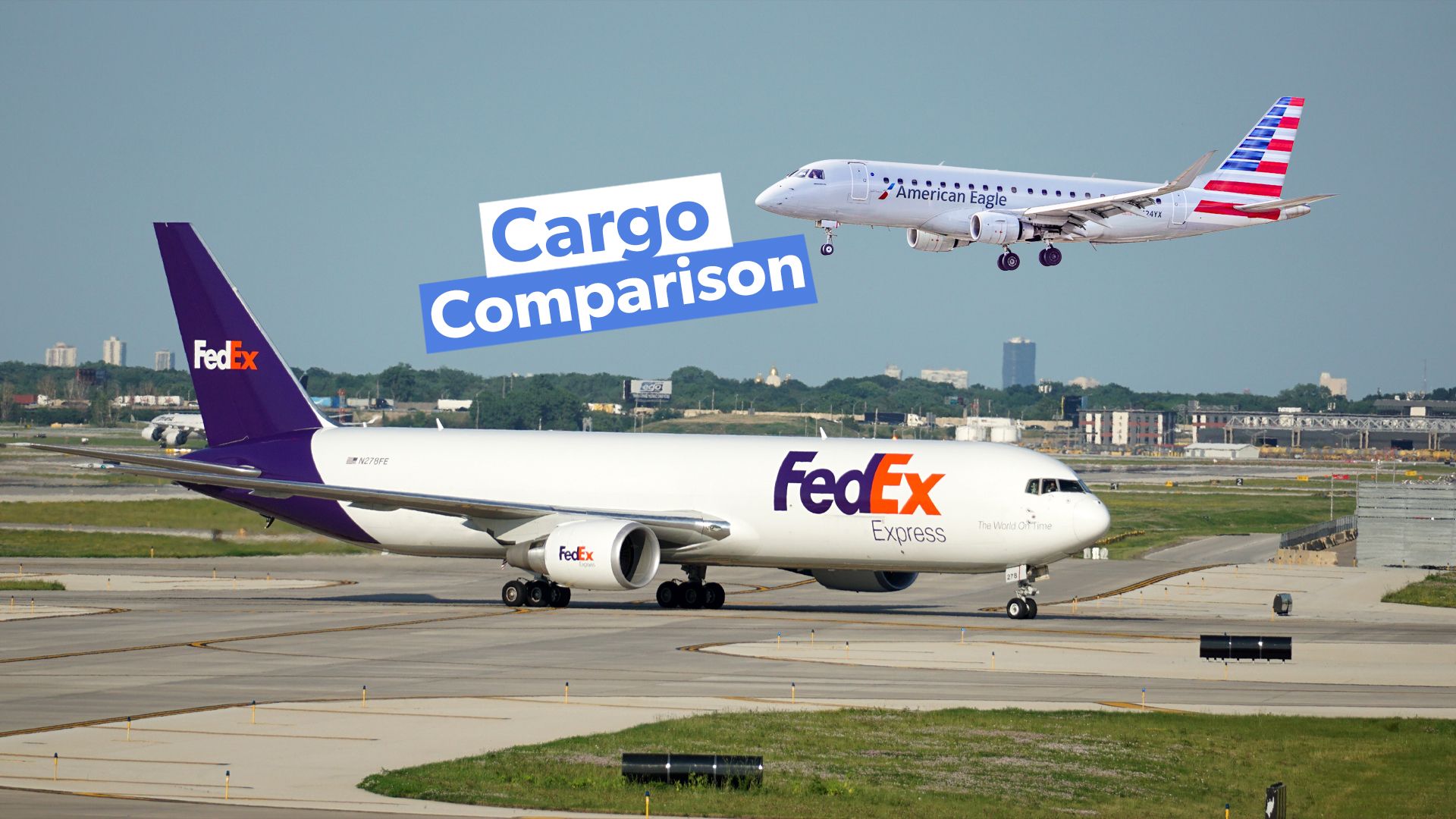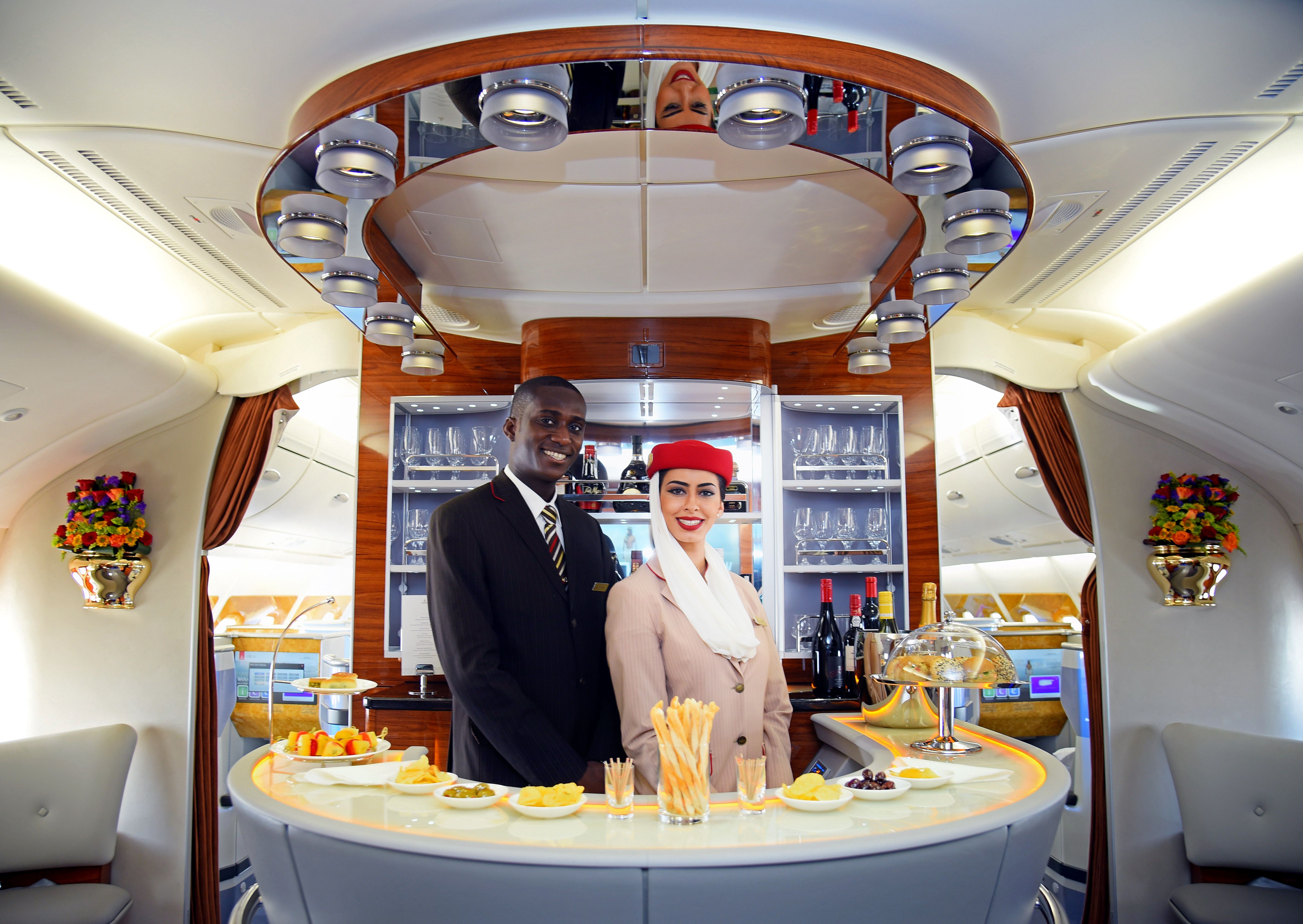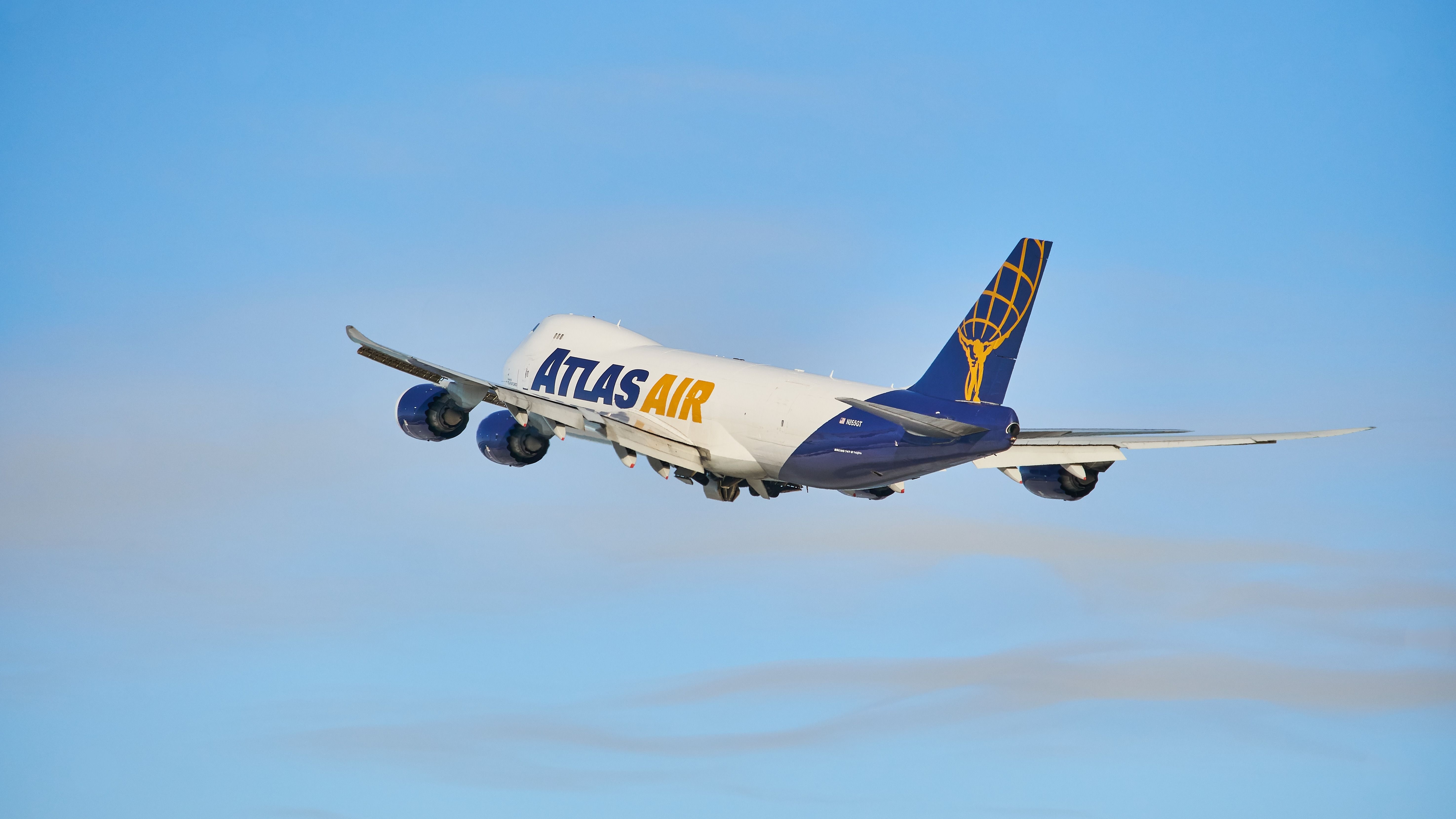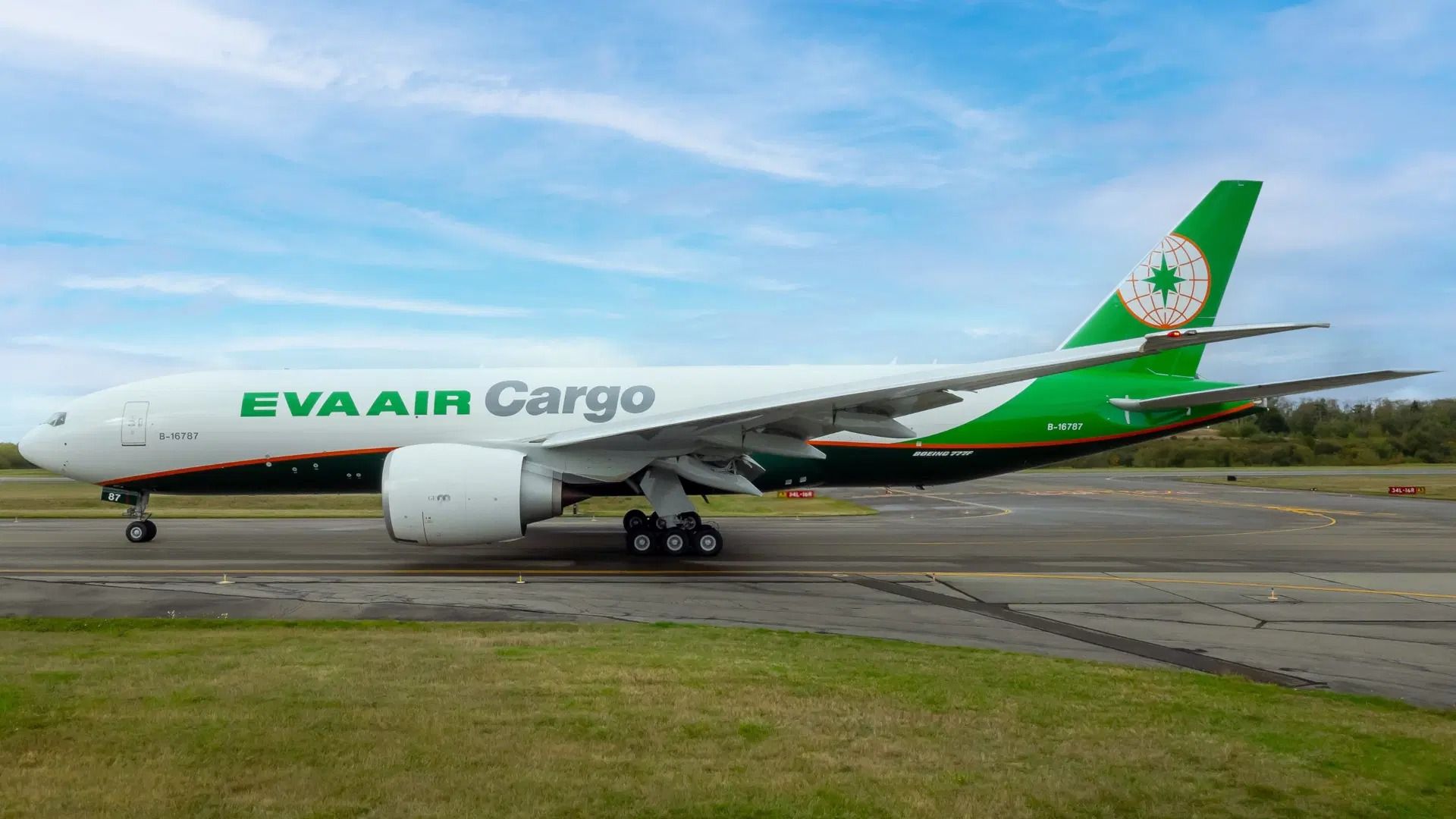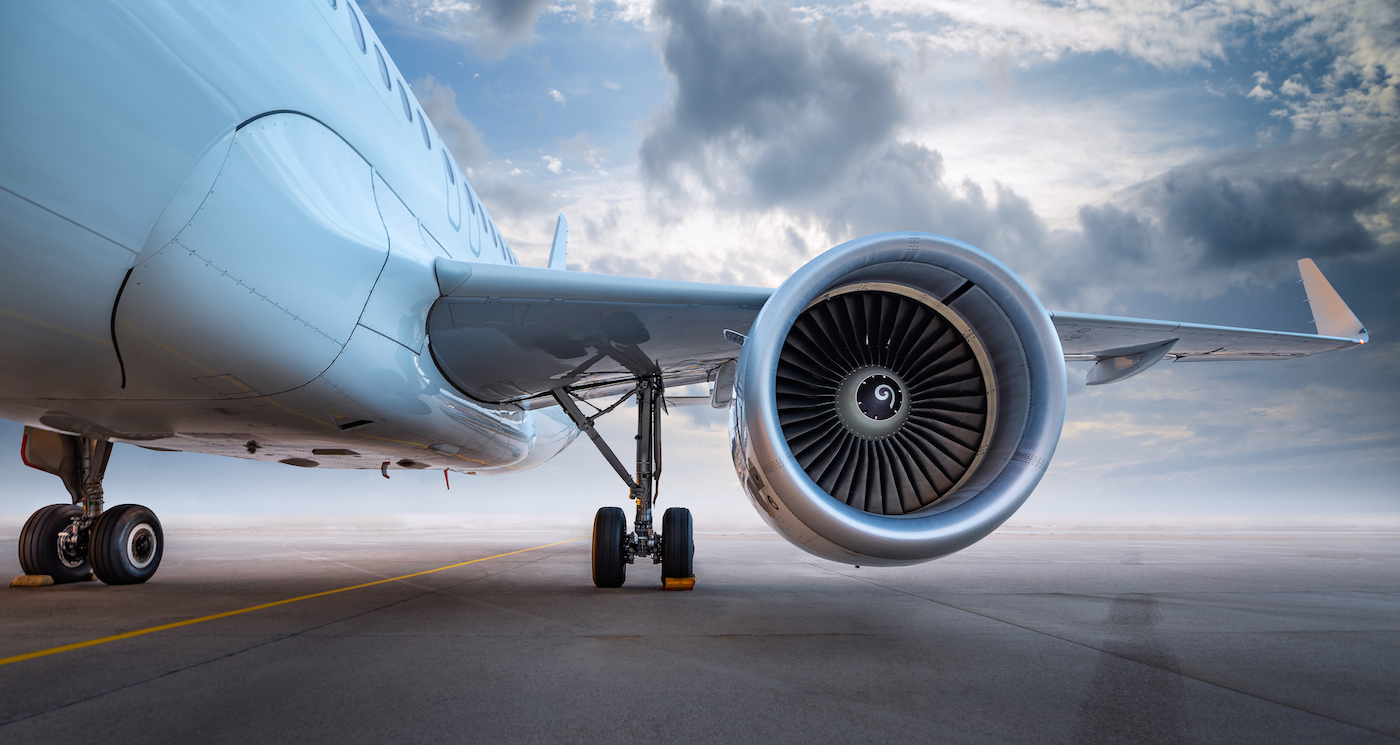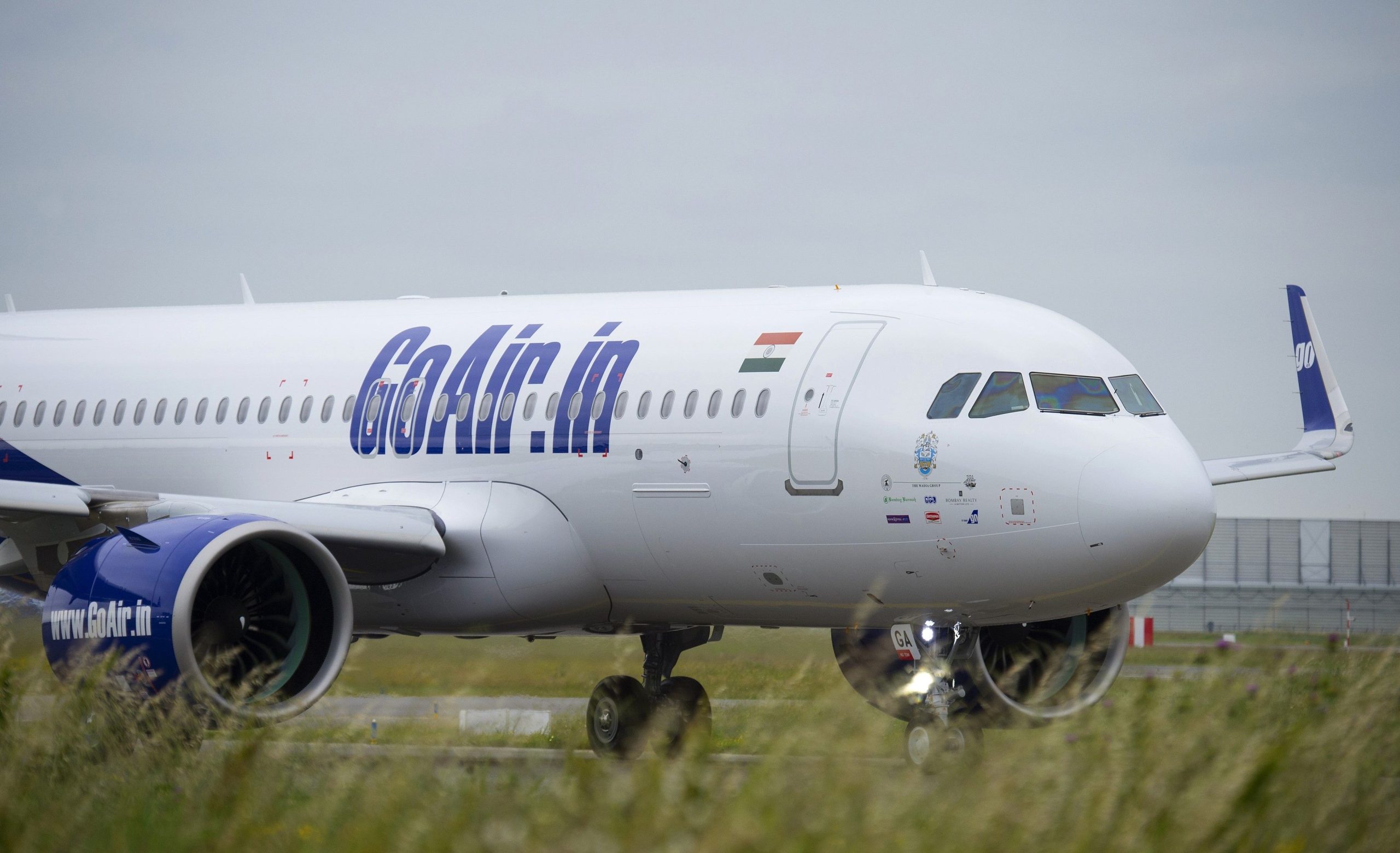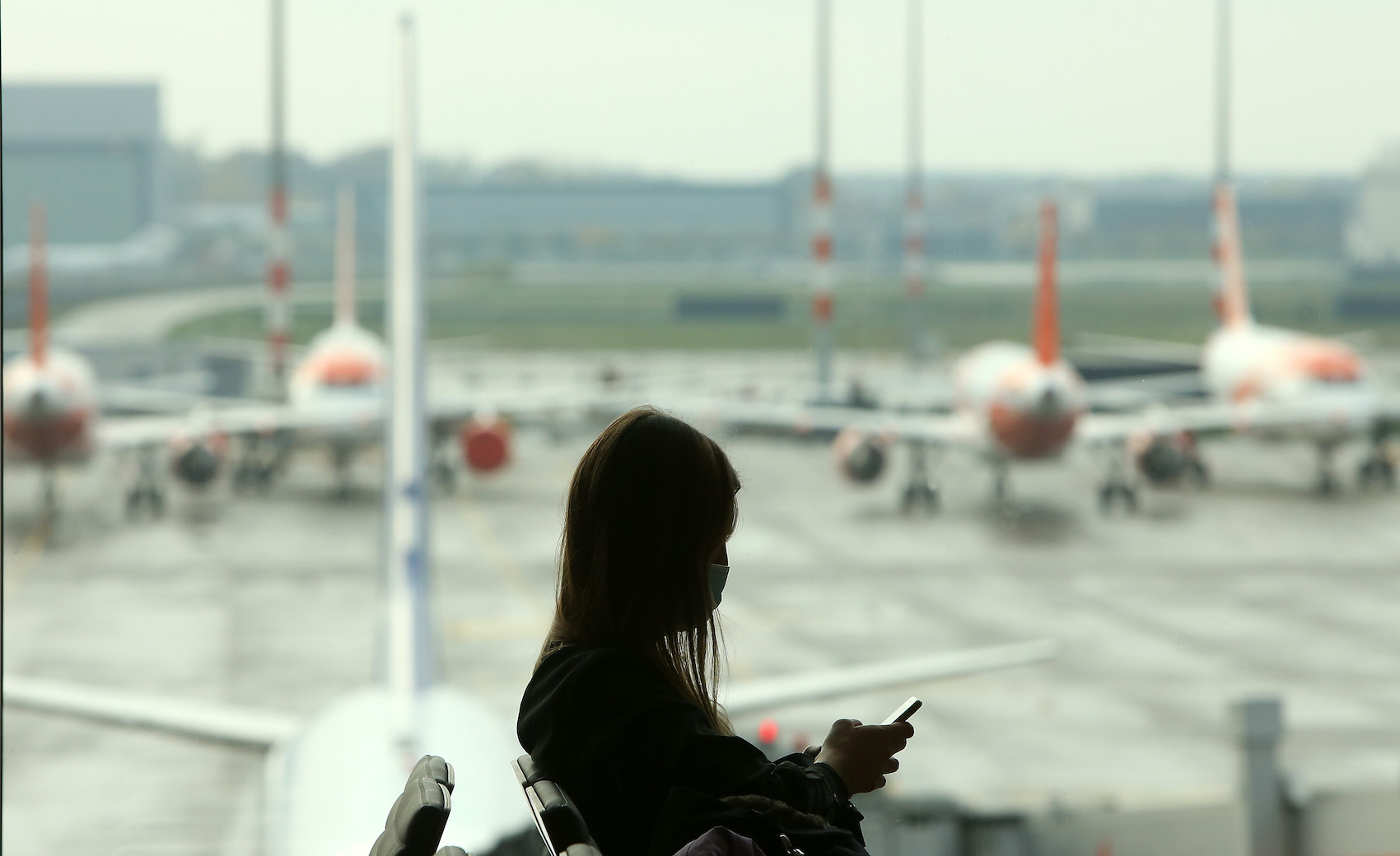Initially stating the obvious, the main difference between passenger and cargo aircraft is that cargo aircraft are specifically designed for transporting goods, whereas passenger aircraft is configured to transport people, and in most common cases, passenger aircraft will carry cargo in the hold.
Typically, cargo aircraft do not have passenger seats. Instead, there is an empty area behind the cockpit, to the rear of the aircraft, designed to be manipulated to carry various types of cargo. The cargo is allocated to particular sections of the plane to ensure even weight and maximize space utilization and aircraft payload.
Large doors, no windows
An aircraft designed explicitly for cargo operations has few windows or standard over-the-wing emergency exits. Instead, large cargo loading doors around the aircraft vary in design. In some instances, such as the Boeing 747
, the nose can lift, and large goods can enter the aircraft this way.
Due to cargo flights generally weighing more than passenger flights, it was also common for aircraft to install multiple or additional wheels to manage weight distribution; these were common on the retired Antonov AN-225
but are generally unseen on aircraft today.
3:38
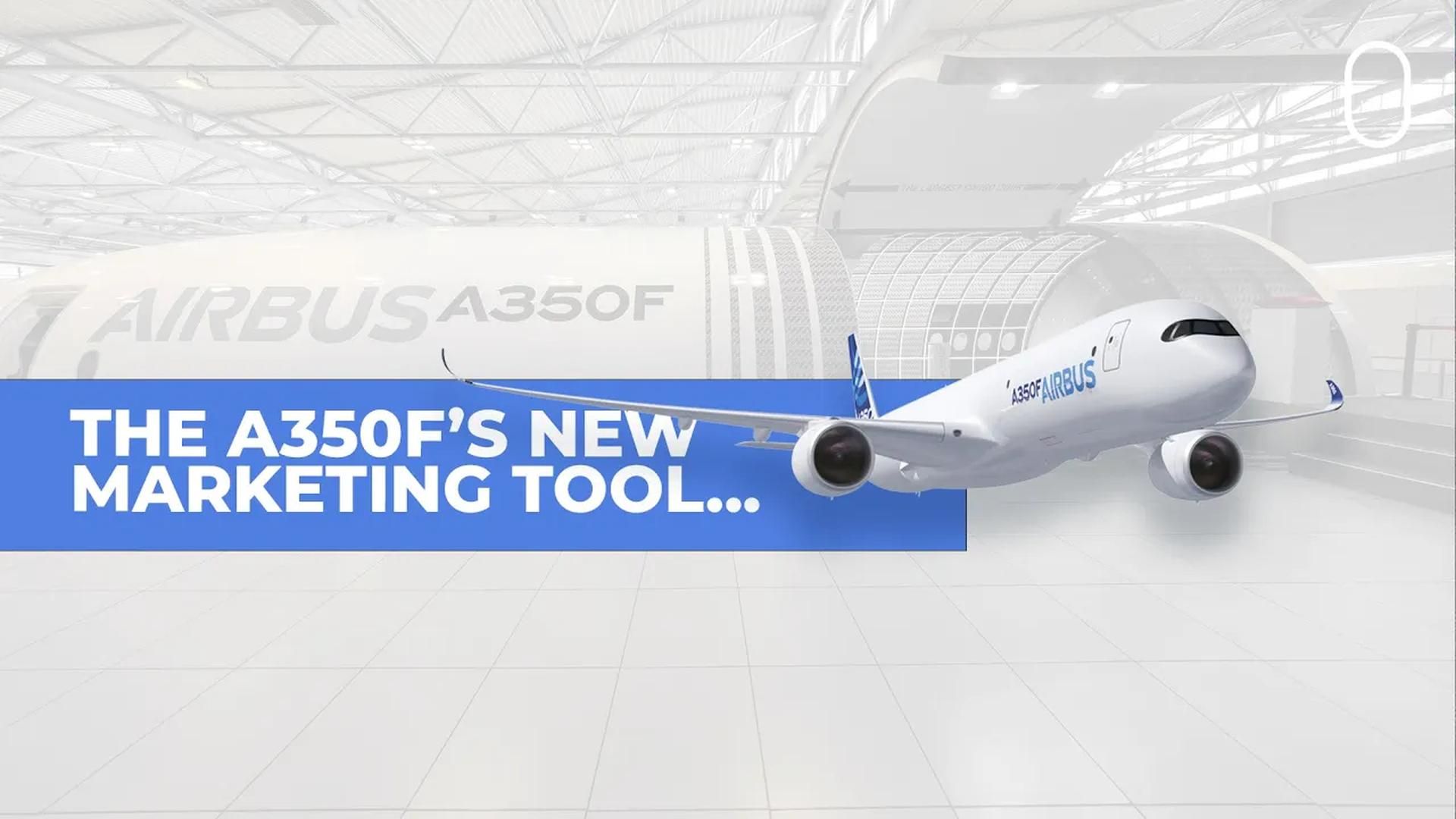
Related
Airbus Unveils The World’s Largest Main Deck Cargo Door With A350F Mock-Up Display
Airbus has put on display a fairly realistic, life-size, freighter mock-up to convince more potential customers to consider the A350 freighter.
Flying cargo vs. flying passenger
Aircraft today play an integral part in connecting people and things between vast distances in the world. The aerial revolution of both cargo and passenger aircraft has evolved to manage the demands of global commerce and travel. This has revolutionized how businesses may operate, with expansion into foreign markets.
A cargo aircraft is more commonly referred to as a freighter and is designed to transport goods. Cargo ‘freighters’ are built to manage large, bulky items or containers, focusing on maximizing space, with reinforced floors to manage the additional weight. Accommodations have also been made to ensure the safe transport of perishable consumer items, supporting fresh food exports from countries worldwide.
In comparison, commercial passenger aircraft are designed with safety and comfort in mind. Passenger aircraft transport millions of people daily, whether for business or pleasure; they facilitate business and economic growth, develop tourism, and connect with loved ones. Commercial aircraft also employ flight attendants, who look after passengers throughout their journey.
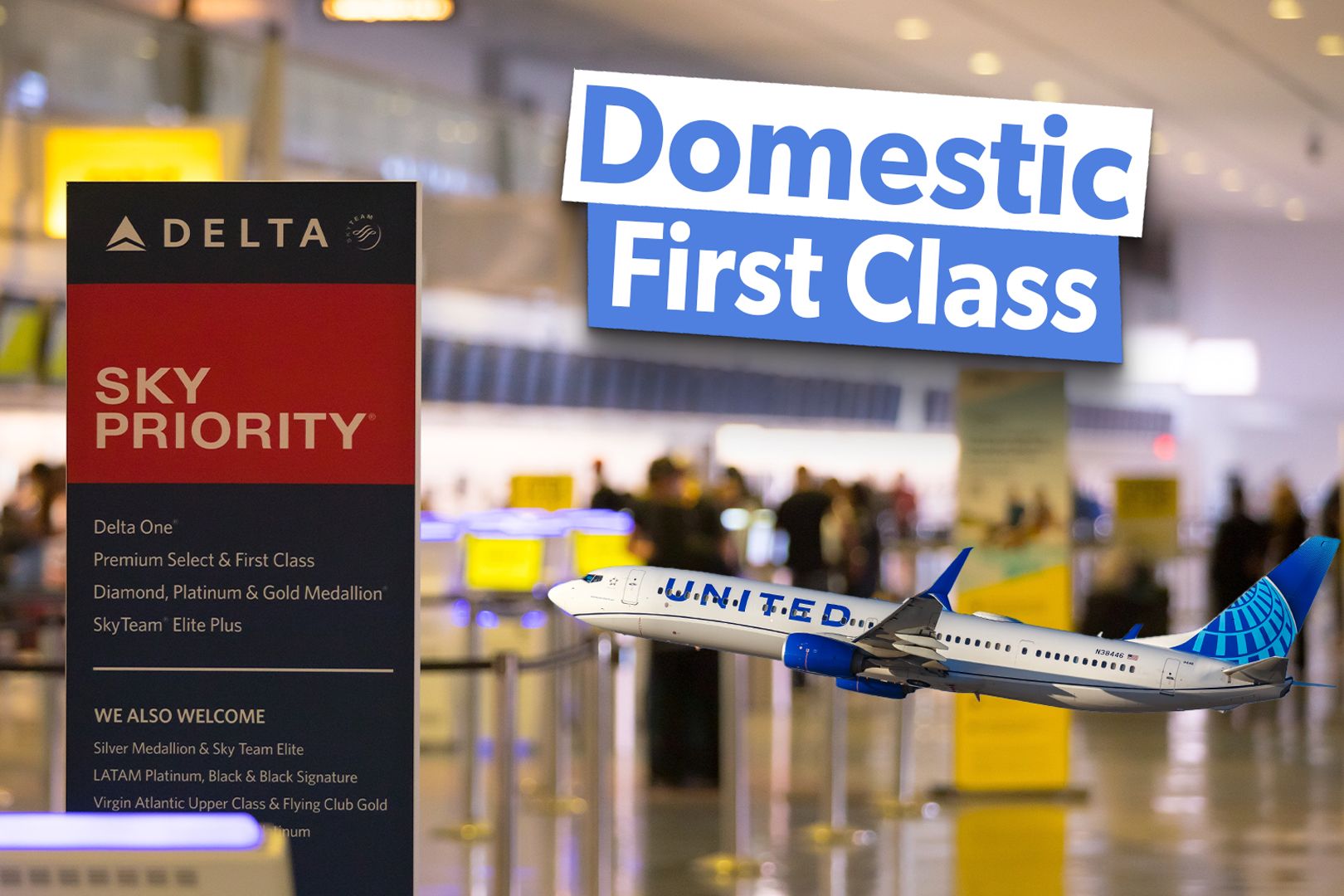
Related
What Does Domestic First Class Look Like At The ‘Big Three’ US Airlines?
Products vary based on aircraft types.
Structural differences
For cargo aircraft to be able to accommodate large bulky items and maximize utilization of the aircraft, freighters are designed with several practical features; these include:
|
Reinforced floors |
To accommodate heavy items, cargo aircraft have reinforced flooring to manage weight distribution. |
|---|---|
|
Specialized handling systems |
Enabling loading and unloading efficiency |
|
Large doors and fewer windows |
Larger doors take up large areas of the fuselage, and removing windows improves the structural integrity of the aircraft |
|
Balance and weight |
Cargo aircraft operators must consider weight distribution to ensure a balanced and safe flight |
Due to the varying weight of goods, understanding the aircraft center of gravity is paramount. A freighter flight could have varying items, from heavy machinery to fresh fruit and vegetables, so distribution is required to influence the aircraft’s balance and overall aerodynamics.
Cargo planes will have significantly larger doors than passenger aircraft. This is to accommodate irregular-sized freight, such as large machinery or even live animals.
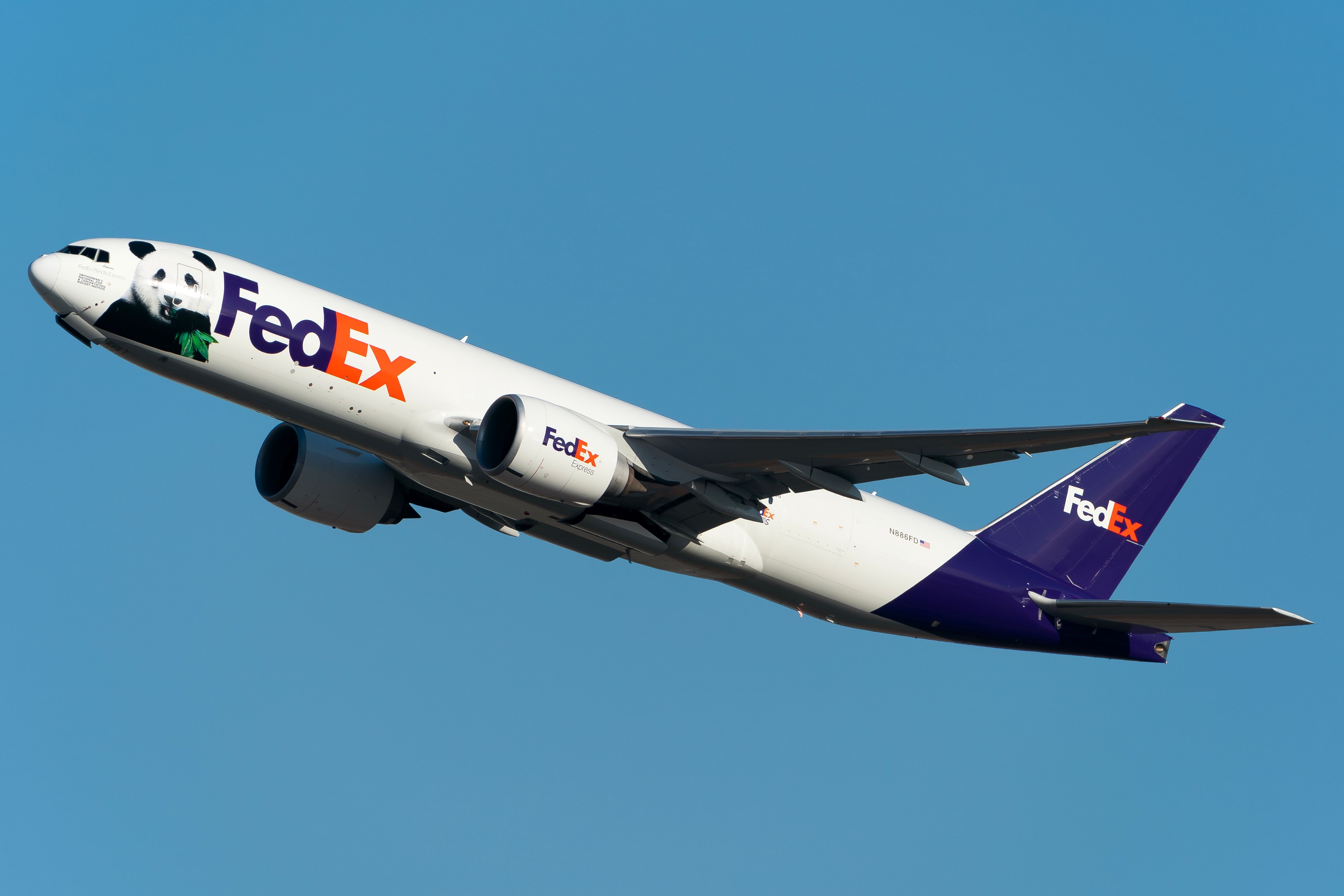
Related
Boeing 777 ‘FedEx Panda Express’ Flies Giant Pandas From China To Washington DC
One of the pandas, Bao Li, will be the third generation in his family to spend time in the US capital.
Growing cargo demand
While it’s no secret that many of us love to buy items online, the surge in e-commerce has led to rapid, reliable delivery services across the globe. Specialized cargo aircraft are now designed with specific goods in mind and may even include specialist tracking and cargo management technology. In addition to the evolution of cargo aircraft, Sustainable Aviation Fuel (SAF)
and its use as an alternative fuel for aircraft are also advancements.
Integration of SAF will influence the cost of flights and, in return, the flight paths, which could decrease overall costs for consumers. Using SAF may lead to more direct flights requiring fewer stopovers as the industry looks to use more fuel-efficient pathways.
Commons questions about cargo vs passenger aircraft
Onboard a cargo aircraft, personnel usually have minimal seating. This is generally for crew members or specialized personnel required onboard (such as veterinarians when transporting live animals). This is in vast comparison to a passenger aircraft, which has galleries, first, premium, economy class, and even in-flight bars.
Photo: Emirates
It is common for passenger aircraft to be retired and then converted to transport cargo. This requires extensive modifications, including seat removal, floor and wall reinforcement, and adherence to varying safety regulations in the countries where they are based or operate.
It is simple enough for pilots to work for either a passenger or cargo airline, depending on their aircraft ratings. While the aircraft’s weight will be considered when operating the flight, pilots for both cargo and passenger go through the same foundational training.
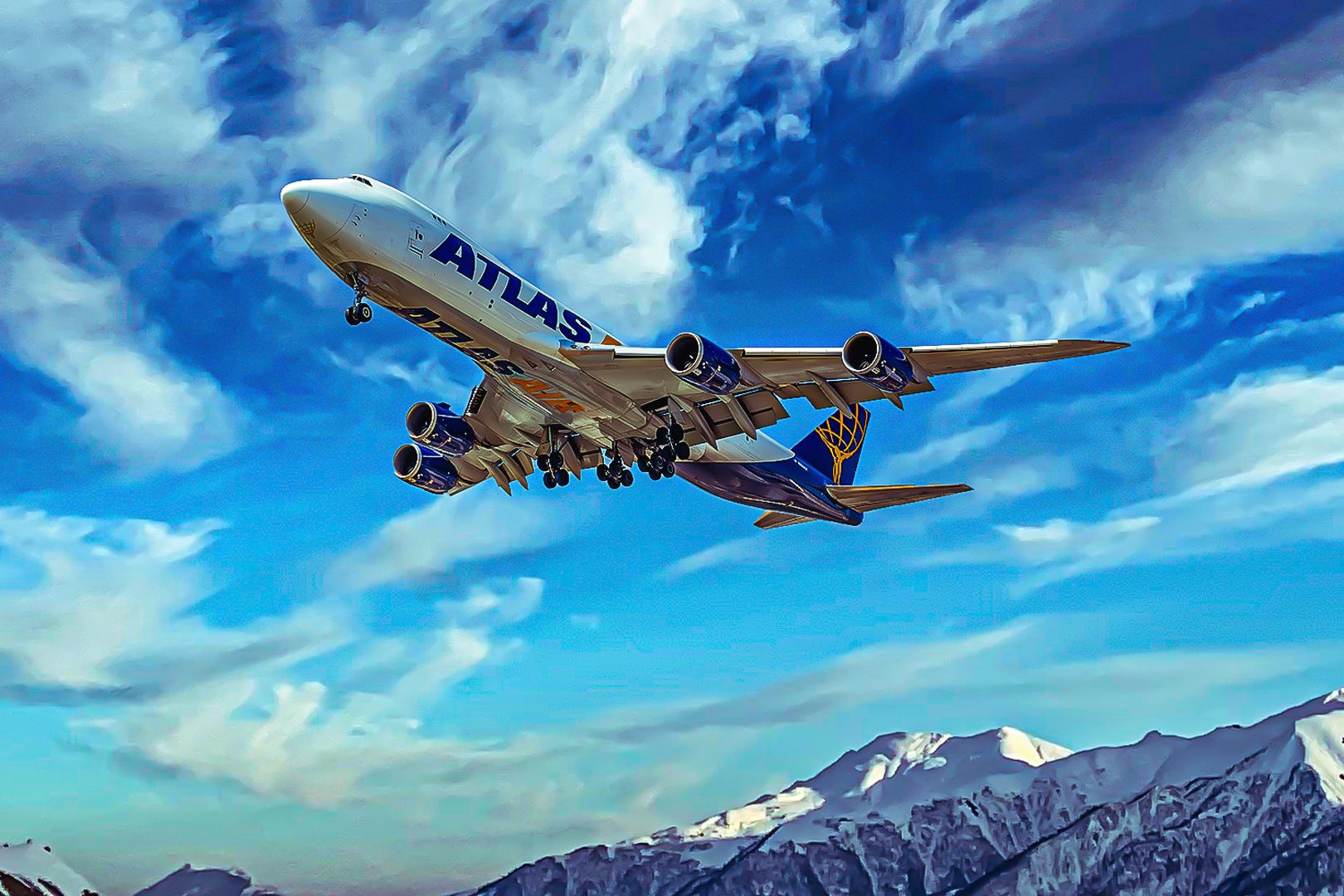
Related
The 5 Largest Air Cargo Operators
The five biggest air logistics carriers in the world.
Ordinary all cargo ‘freighter’ aircraft
With some aircraft designed from the get-go to transport freight, both Airbus and Boeing have developed specific aircraft for this purpose; the most common include:
Boeing 747-8F
Photo: Arjan Veltman | Shutterstock
- Range of over 5,000 miles
- Can manage payload over 100 tons
- An adaption of the 747-8 passenger aircraft
Boeing 777F
Photo: EVA Air
- Another all-cargo version compared to the passenger 777 family of aircraft
- Maximum range of 11,100 miles
- Maximum payload of 228,700 pounds
Airbus A330-200F
- A dedicated freighter version of the Airbus A330 family
- Maximum range of around 4,500 miles
- Maximum capacity of 143,000 pounds
While there are many other versions of cargo aircraft in use today, cargo airlines deploy aircraft depending on the market of goods they need to transport. This is evident with the A300-600 ST, also known as the Beluga, which is designed specifically to transport plane parts and helicopters. The aircraft has a much shorter range, at just over 1,000 miles, and a total weight of 47 tons.
